A decade ago, would you have imagined a home that could automatically anticipate your needs and adapt to your preferences? Perhaps a house that can turn on the lights, adjust the temperature, and play your favorite music just by recognizing your presence? Back then, this would have been no less than a dream, but technological progress in today’s world has made this vision possible. The introduction of smart homes technology and the Internet of Things (IoT) has turned this futuristic vision into a reality.
What are smart homes?
In a world where technology is advancing at an unprecedented pace, the concept of a smart home has rapidly gained traction, offering a blend of technology and architecture. In simpler terms, a “smart home” is a dwelling equipped with interconnected devices and systems that can be remotely controlled and automated. These devices and systems communicate with each other, using a range of technologies, such as IoT, cloud computing, and wireless connectivity, to provide a personalized and immersive living experience.
From automatically brewing your morning coffee to monitoring your home’s security system from the convenience of your smartphone, a smart home can do it all. With the touch of a button or a simple voice command, you can switch on appliances, adjust the indoor temperature, and even lock your doors. It’s just like having a reliable personal assistant. Smart homes are emerging as one of the most promising technologies of the decade. They are reshaping and revolutionizing not only the way with which we interact with our living spaces, but also enhancing our comfort, convenience, and overall quality of life.
The Mechanism That Powers Smart Home Automation
To grasp the functioning of a smart home system, it’s crucial to learn about these three key concepts:
- The Internet of Things (IoT), which connects devices and enables their communication
- Cloud computing, which stores and processes data remotely; and
- Wireless connectivity, which allows seamless communication between devices without the need for physical connections.
Sensors are used to capture data from the environment, detecting factors such as motion, temperature, and light. This data is then transmitted to a central control unit known as the smart hub. The smart hub processes the incoming information and sends commands to actuators, which are responsible for carrying out specific actions. Whether it’s adjusting your thermostat, activating the security system, or controlling lighting fixtures, the actuators bring the commands to life, ensuring a responsive and personalized living experience.
What are IoT Devices in Smart Homes?
IoT, the abbreviation for Internet of Things, refers to the interconnected network of devices that are capable of communicating with each other via the Internet. In the context of smart homes, IoT devices are a range of internet-connected appliances, gadgets, and devices that can be controlled remotely via a smartphone or other internet-enabled devices. It allows all of the devices to communicate with each other and with the cloud. This means that your smart thermostat can now interact with your smart lighting system, and the smart lock can interact with the security system.
Everything could be connected to create a seamless experience for the user. A report by Statista claims that by 2025 an estimated 75.44 billion connected IoT devices will be functional globally. This implies that smart homes are here to redefine the way we live.
How is the Smart Home Technology Beneficial?
The advent of smart home technology and the integration of IoT devices into living spaces have revolutionized the way we interact with our homes. Mentioned below are a few benefits that smart homes bring to the table.
Increased Energy Efficiency
One of the most significant advantages of IoT devices in smart homes is their ability to conserve energy. IoT-enabled devices like smart thermostats, lighting systems, and appliances can be programmed to operate more efficiently, reducing energy waste and lowering utility bills. This means that you can now enjoy a more comfortable living environment while also doing your part to reduce the carbon footprint.
Improved Security
Smart home security systems are becoming increasingly sophisticated, allowing you to monitor your homes remotely using your smartphones or other devices. With IoT-enabled devices like security cameras, motion sensors, and door locks, you can enjoy greater peace of mind knowing that your homes are protected around the clock.
Personalized Comfort
A home should cater to your unique preferences, and IoT devices make customization a breeze. Intelligent voice assistants like Amazon Alexa or Google Assistant act as virtual assistants, allowing you to control various aspects of your home with simple voice commands. From adjusting the blinds to playing your favorite music, IoT devices create a personalized and immersive living environment.
Improved Health and Wellness
With IoT devices, you can create a more comfortable and healthy living environment. Smart air purifiers and HVAC systems can be programmed to maintain optimal air quality, while smart lighting can be adjusted to promote better sleep and improve circadian rhythms.
Streamlined Maintenance
Smart homes leverage IoT devices to optimize maintenance and repairs. Connected appliances and devices can self-diagnose issues, sending alerts to you and your service providers. This proactive approach minimizes downtime, reduces repair costs, and ensures the smooth functioning of home systems.
Time and Resource Saving
IoT devices bring the gift of time and resource savings to you as a homeowner. Smart appliances such as refrigerators, washing machines, and ovens can be remotely controlled and programmed to perform tasks efficiently. Imagine starting your laundry cycle on your way back from work or preheating the oven before you step into the kitchen. These devices streamline household chores, leaving you with more time to focus on what truly matters.
The Future of Smart Home Technology
The future possibilities in smart home technology are boundless. As technology continues to advance at a rapid pace, architects and designers are envisioning a world where homes become intelligent, adaptive ecosystems tailored to our needs and desires.
Imagine waking up to a home that anticipates your every move. Picture a house that adjusts the lighting, temperature, and even the aroma to match your preferences as you step out of bed. With smart home technology, this is not far-fetched. In the future, homes will possess the ability to learn our habits, analyzing data from our daily routines to create personalized environments that optimize comfort and efficiency. Whether it’s automatically brewing your morning coffee, adjusting the blinds to let in the perfect amount of natural light, or playing your favorite playlist as you walk through the door, smart homes will cater to your needs.
Smart homes are equipped with an array of innovative technologies that merge with our living spaces. Some of the best examples that showcase these advanced technologies are detailed below.
The Edge by PLP Architecture, Amsterdam
The Edge in Amsterdam stands as an exemplary smart office marvel and is also the world’s most sustainable office building. Powered by a multitude of IoT devices, it optimizes energy efficiency and enhances occupant comfort. Its intelligent lighting system adjusts based on natural light and occupancy, significantly reducing energy consumption.
Sensor-equipped workstations track individual preferences, adjusting lighting, temperature, and airflow accordingly. The Edge even utilizes solar panels, rainwater harvesting, and geothermal energy for sustainable power sources, pushing the boundaries of eco-friendly design.
Casa Pi by Taller Aragonés, Spain
Another impressive smart home example is Casa Pi, a residential masterpiece located in Spain. It showcases the use of voice-controlled lighting and temperature settings offering effortless convenience, while smart security systems provide remote monitoring and control. It also features occupancy sensors that optimize energy usage by adjusting lighting and HVAC systems based on room occupancy. Furthermore, it boasts advanced home entertainment systems, including immersive audio and video setups that can be controlled from anywhere within the house. The residence demonstrates the future of connected living, harmonizing comfort, security, and energy efficiency in an elegant package.
Conclusion
With recent improvements in the technological sectors, designers and architects are provided with an opportunity to create new homes that are not only beautiful but also optimized to serve their residents. Smart home automation is allowing us to step into the future of architecture, where homes are not just spaces but personalized ecosystems that nurture and inspire us.




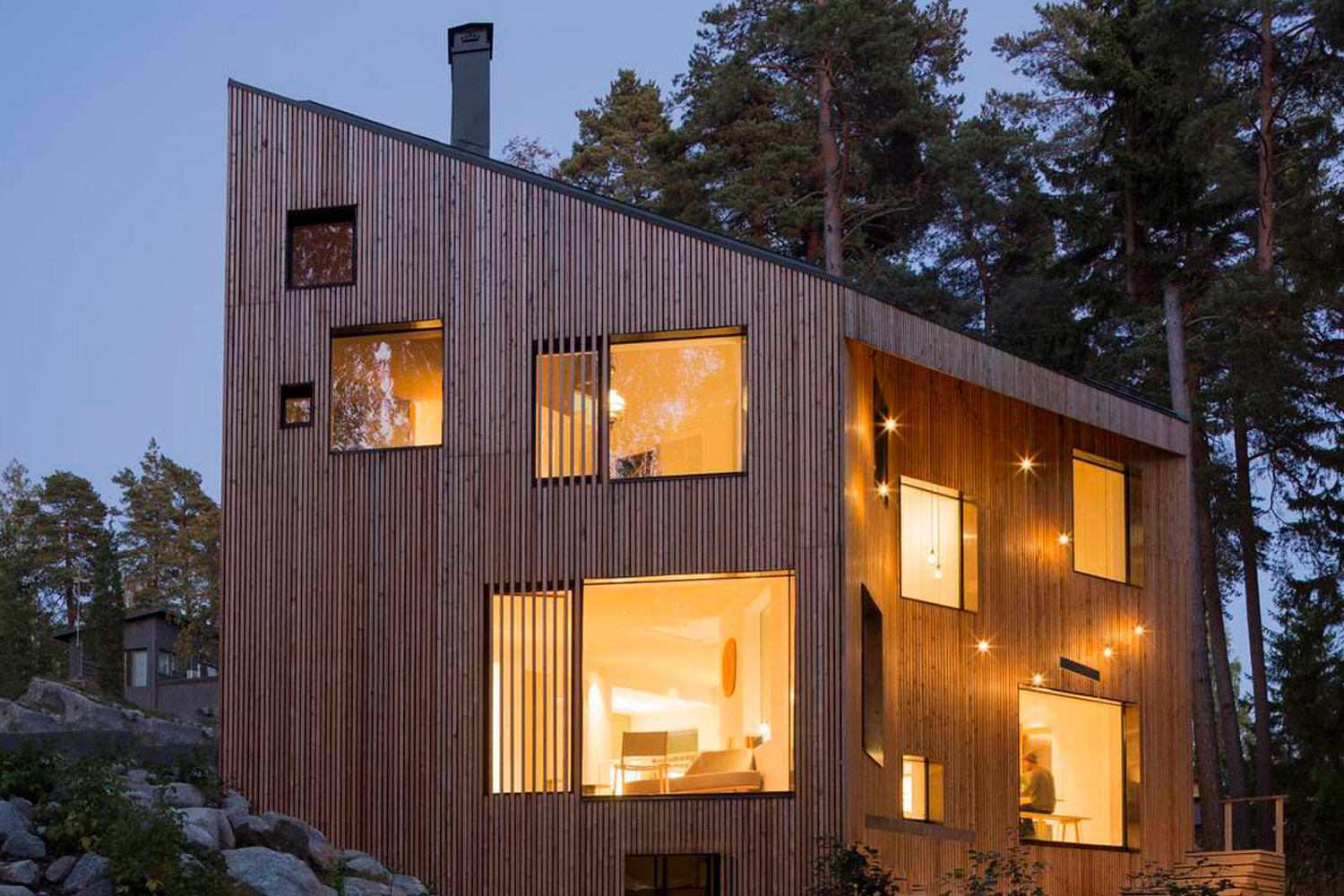
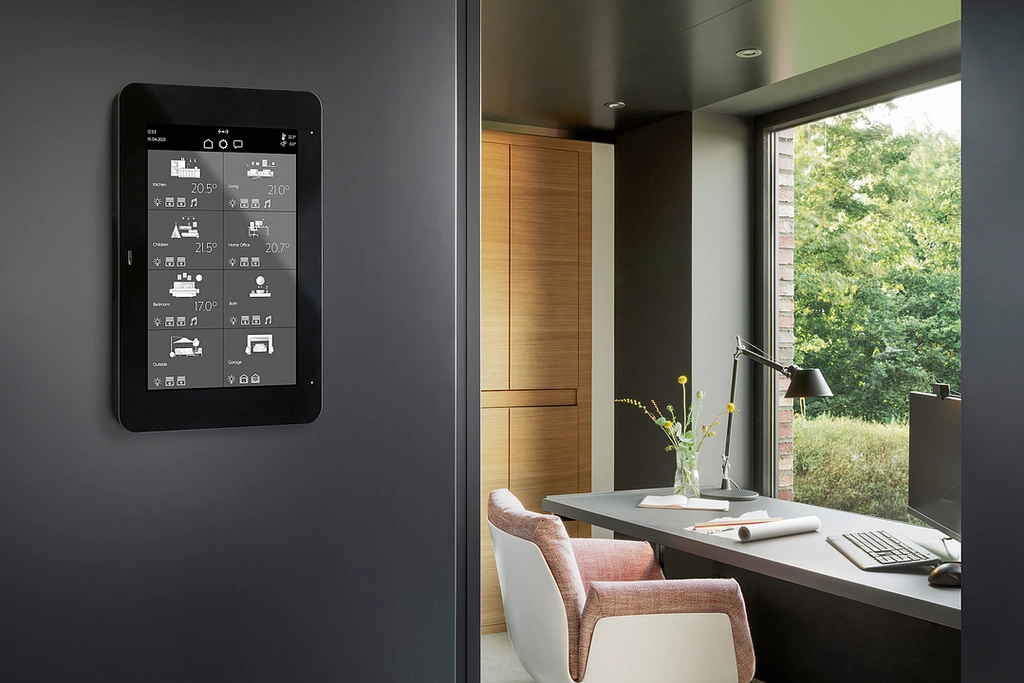
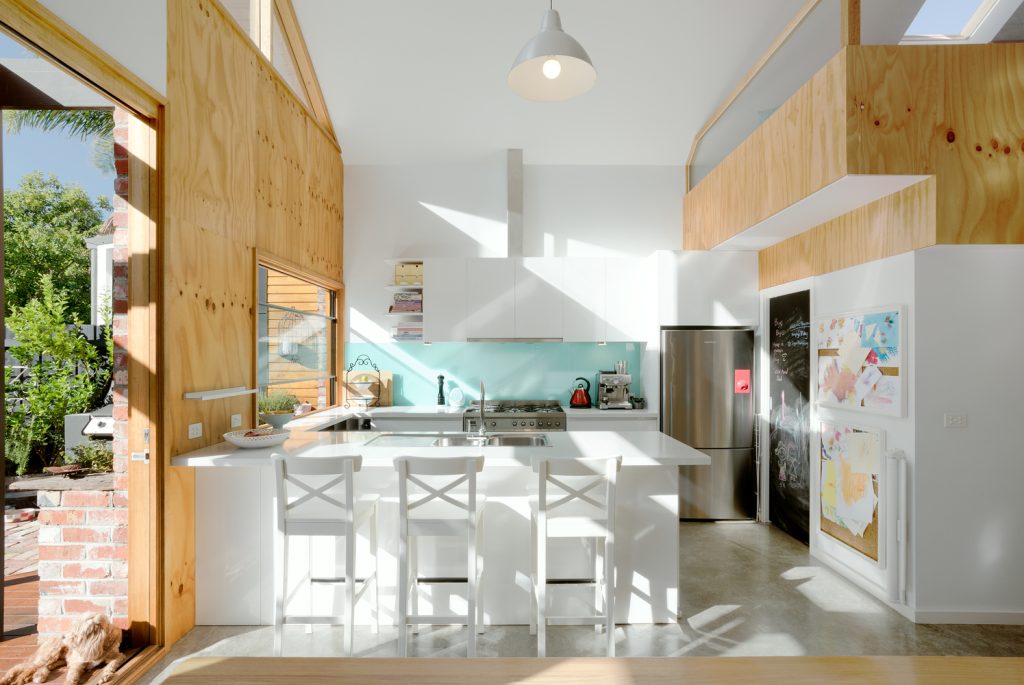
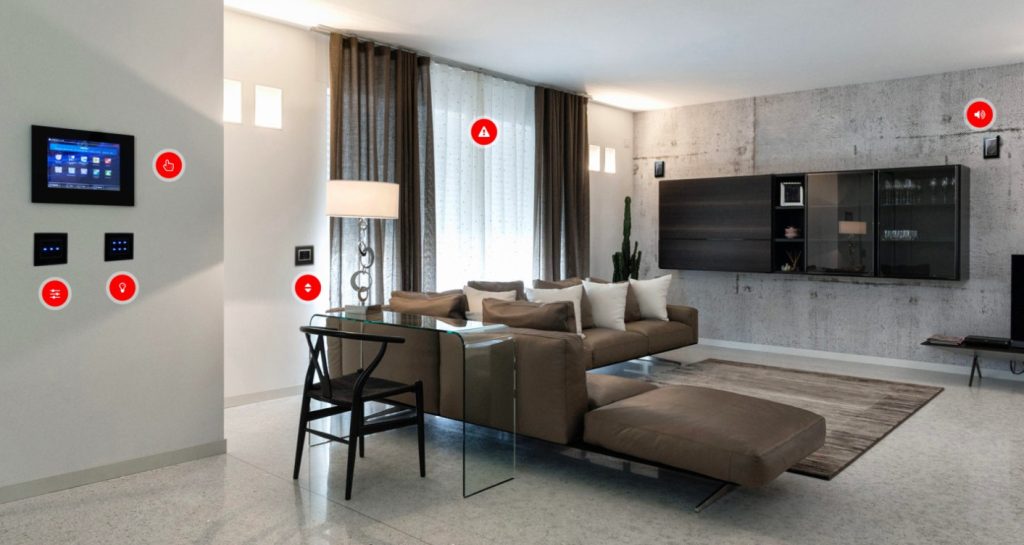
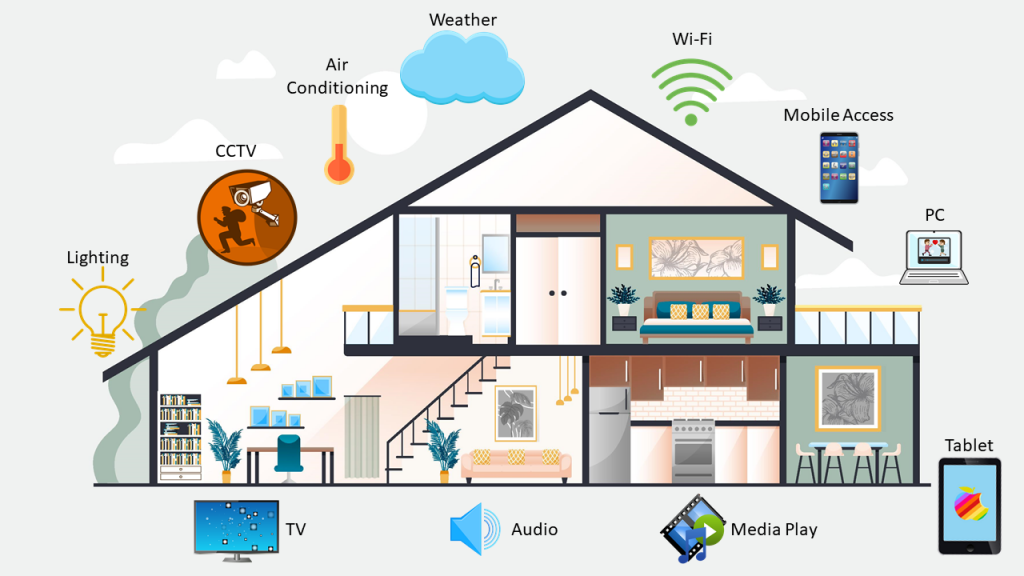
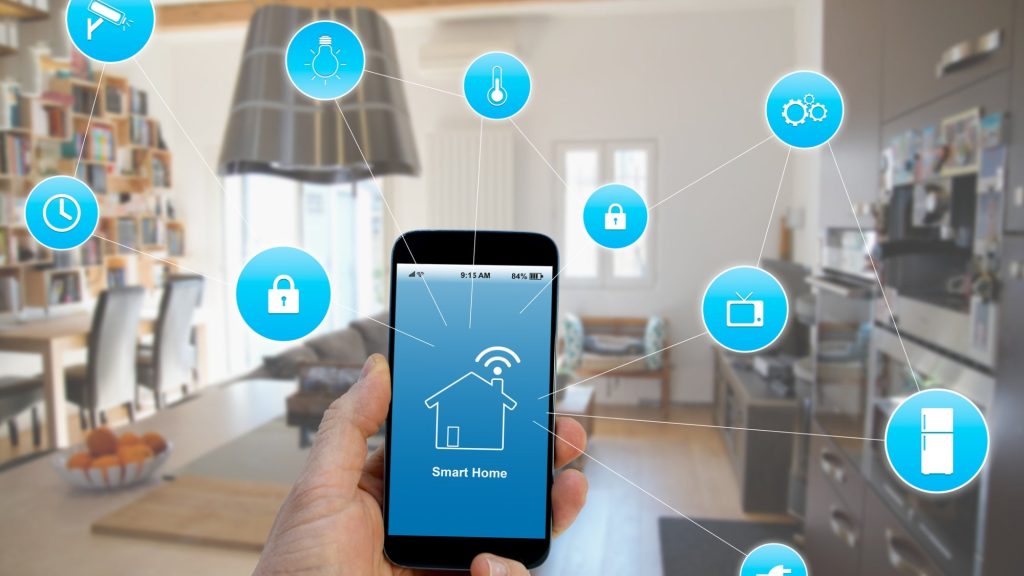
















It is all very compelling with one major flaw. With your home connected as illustrated, in the hands of goverment or perhaps a hacking network, it would allow someone other than yourself to have full control of your homes functions and allow “tracking” of your usage and allow that to be used perhaps against you or to harm you if the accessing party or entity so choose ? No security measures are access proof, so this becomes a major concern as goverment invades and exerts itself into your private freedom as well as “hackers” continue to cause harm throughout the developed world. Something to consider …